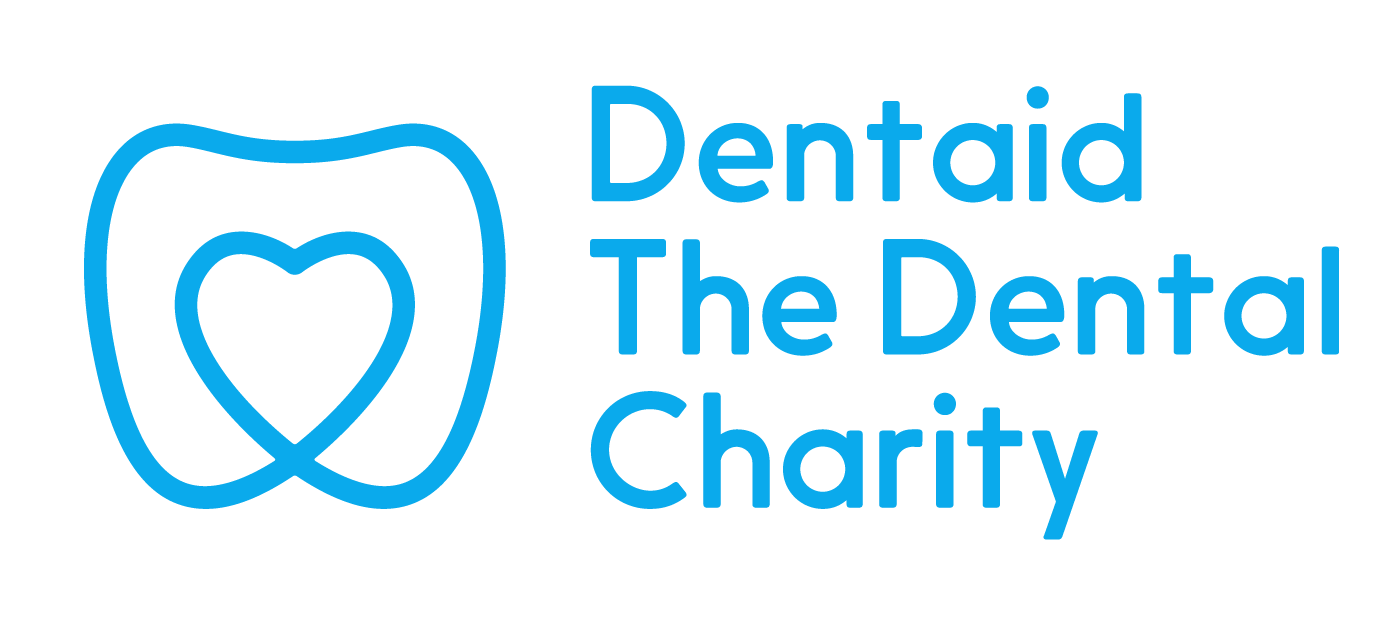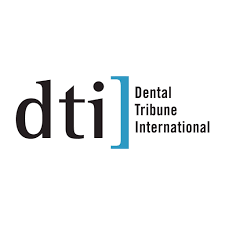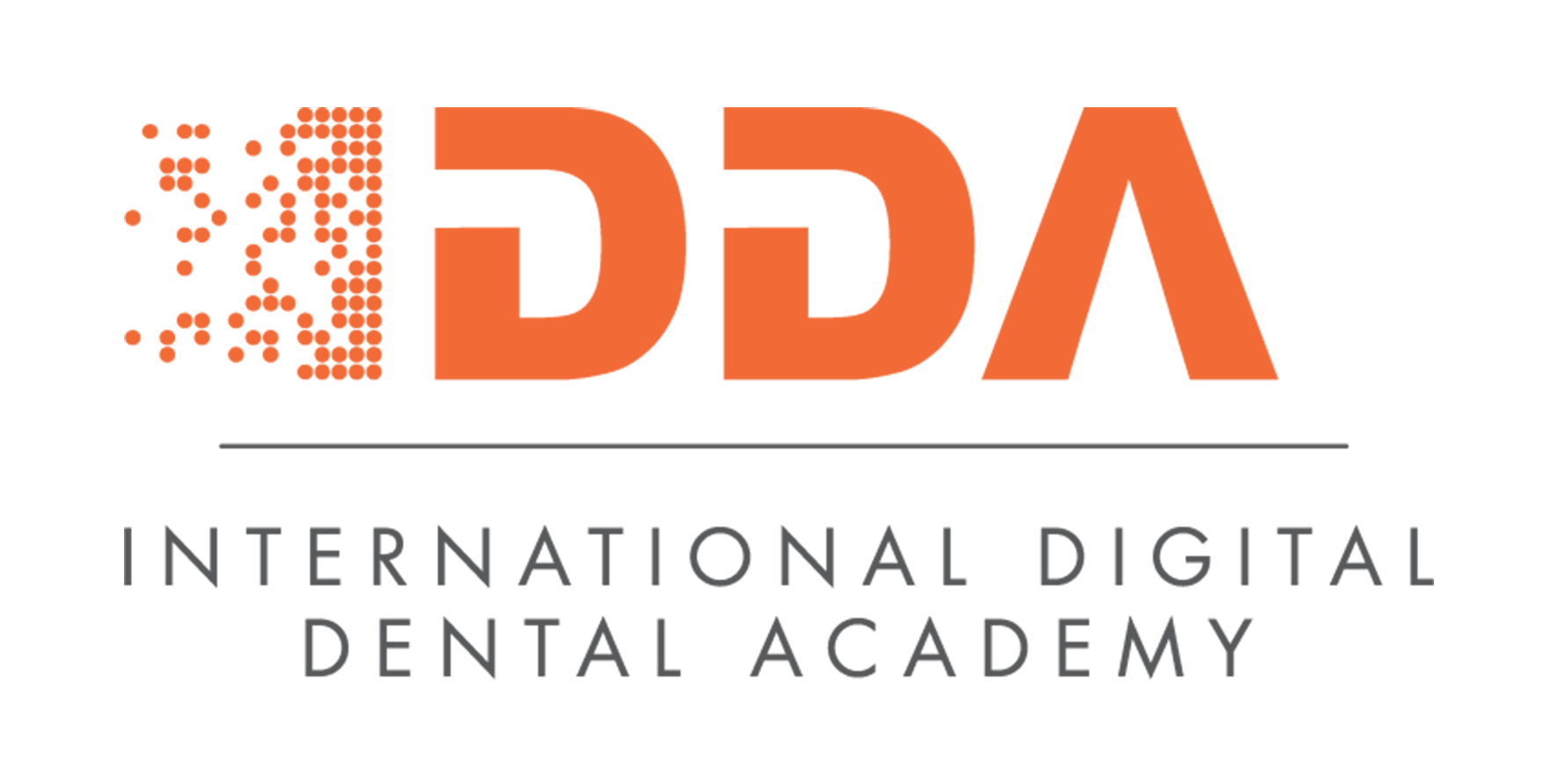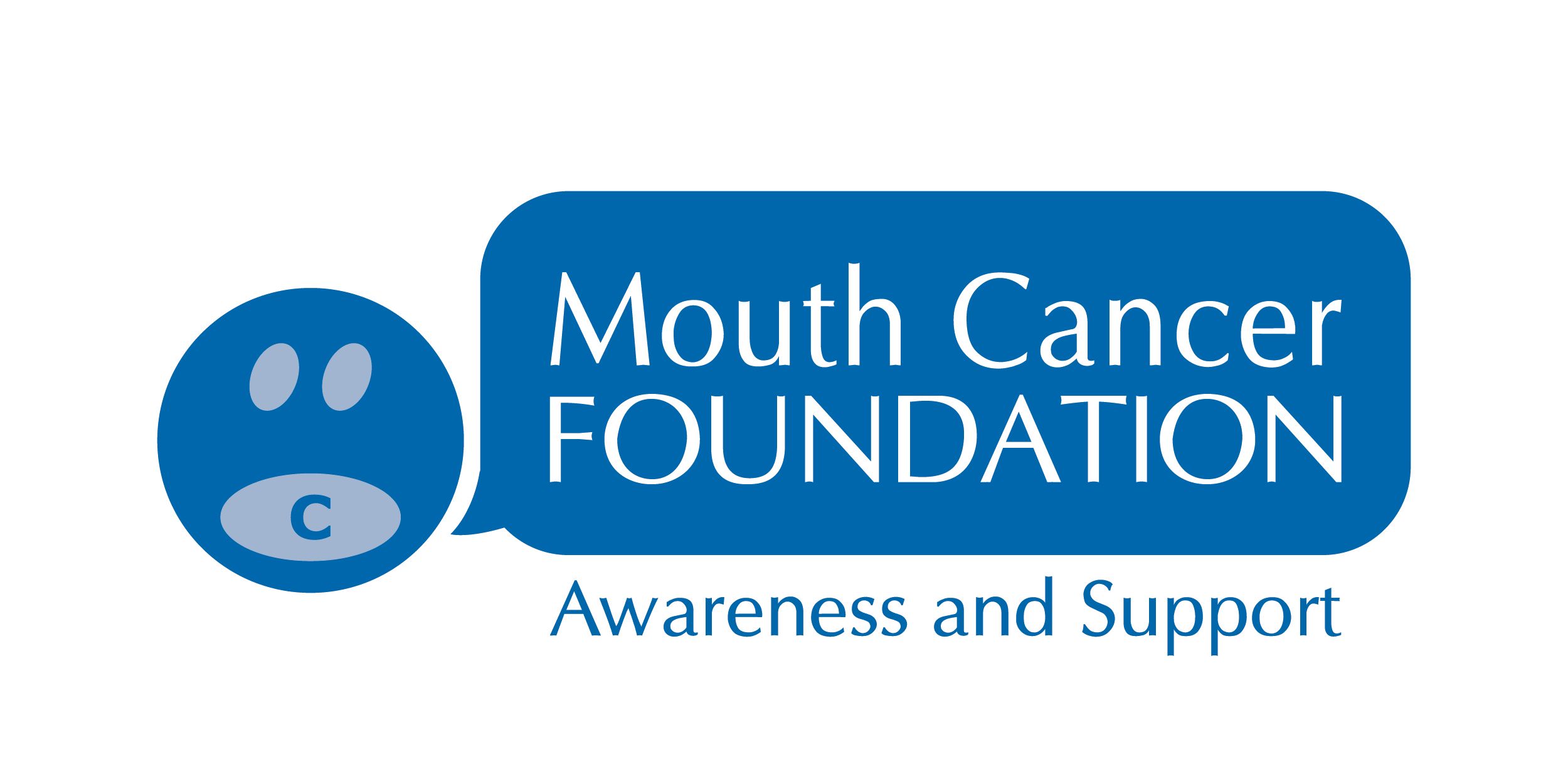Live from Dentistry Show London: The multi-disciplinary mindset: tackling complex clinical cases together
)
Cases presented during the session were part of the final examinations for Dr Rattu and Dr Khan, completed under the supervision of Dr Pabari and Dr Garcia-Sanchez. Together, the team explored two patient journeys involving trauma-related anterior tooth loss and severe erosive tooth wear, using a structured questioning format to guide delegates through the assessment, planning and treatment process.
Adding a creative element, the panel presented each case with a distinct theme. The first was framed as a ‘crime mystery’, exploring the investigation of trauma-related tooth loss. The second, labelled a ‘tragedy’, examined the progressive destruction caused by tooth wear.
This inventive approach brought added energy and curiosity to the session while maintaining a strong focus on clinical reasoning and evidence-based treatment planning.
Case 1: Managing anterior tooth loss after trauma
The first case focused on a 33-year-old male who had his upper right lateral (UR2) and central incisors (UR1) extracted by his GDP following trauma, prior to referral for implants.
The opening question, ‘What are you concerned about in this case?’, introduced the main diagnostic findings. These included a retained root fragment at UR1, a Class II Division 1 malocclusion, a deep overbite that was traumatising the upper incisor teeth (Akerly type 4), and both vertical and horizontal hard and soft tissue deficiencies at the edentulous site.
The next question, ‘What investigations would you do next?’, guided the review of radiographs and CBCT imaging to assess bone quality and volume before planning implant placement. This was followed by ‘What are your main concerns from the radiographs?’, which prompted consideration of the occlusal relationship and the potential need for bite reorganisation to protect future restorations.
From the prosthodontic viewpoint, the discussion examined whether to conform to the existing occlusal scheme or to adjust it to share functional load across more teeth. From the periodontal perspective, attention turned to gingival symmetry and the absence of a papilla between UR1 and UR2.
The question ‘How can we rectify the problems?’ led to a step-by-step review of the combined treatment sequence. Fully guided implant placement was carried out at the UR1 and UR2 sites, accompanied by soft tissue augmentation to correct the combined deficiency. This ensured gingival symmetry and enabled papilla formation between the two implants, enhancing the final aesthetic outcome.
After three months of healing, custom healing abutments were fitted. The patient’s occlusion was then reorganised at an increased vertical dimension with crown preparations from UR3 to UL3. This redistributed occlusal forces and reduced the overbite, improving long-term stability. The final stage involved placement of zirconia crowns from UR3 to UL3, achieving a functional, symmetrical and natural-looking result.
Case 2: Severe erosive tooth wear
The second case involved a 33-year-old female presenting with advanced tooth surface loss caused by an eating disorder. The first question, ‘What are your main concerns in this case?’, established the complexity of the scenario, which combined structural loss, gingival irregularity and a level of patient anxiety.
The discussion progressed through a series of structured prompts. ‘What do the radiographs show?’ directed attention to remaining tooth structure and periodontal support, while ‘What are the prosthodontic concerns?’ focused on how best to restore function and aesthetics within the limits of available tooth tissue. The team weighed the options of direct versus indirect restorations and whether to maintain or reorganise the occlusal scheme.
The question ‘What are the main periodontal concerns?’ shifted focus to altered passive eruption and uneven gingival margins. A combined periodontal and restorative plan was developed to address these challenges in sequence.
Treatment began with a frenectomy to reduce tissue tension at the midline, followed by crown-lengthening surgery from UR2 to UL2 on the buccal aspect and UR3 to UL3 on the palatal aspect. This provided additional tooth structure for retention and created even gingival levels across the anterior sextant.
After a period of healing, composite build-ups were used to assess the patient’s tolerance to the revised occlusion. Once stability and comfort were confirmed, definitive restorations were placed. E-max crowns from UR3 to UL3 restored vertical dimension, improved aesthetics and re-established function.
Structure, reasoning and collaboration
Both cases were presented through a consistent framework of pre-set clinical questions, allowing delegates to follow the reasoning process step by step. Each question prompted a different perspective from the periodontal and prosthodontic teams, highlighting how disciplines interconnect when planning comprehensive care.
By using a case-based and narrative format, the panel turned complex treatment planning into a shared investigation. The ‘crime mystery’ and ‘tragedy’ themes added momentum and engagement while reinforcing the central message that successful treatment outcomes are achieved through curiosity, structure and collaboration.
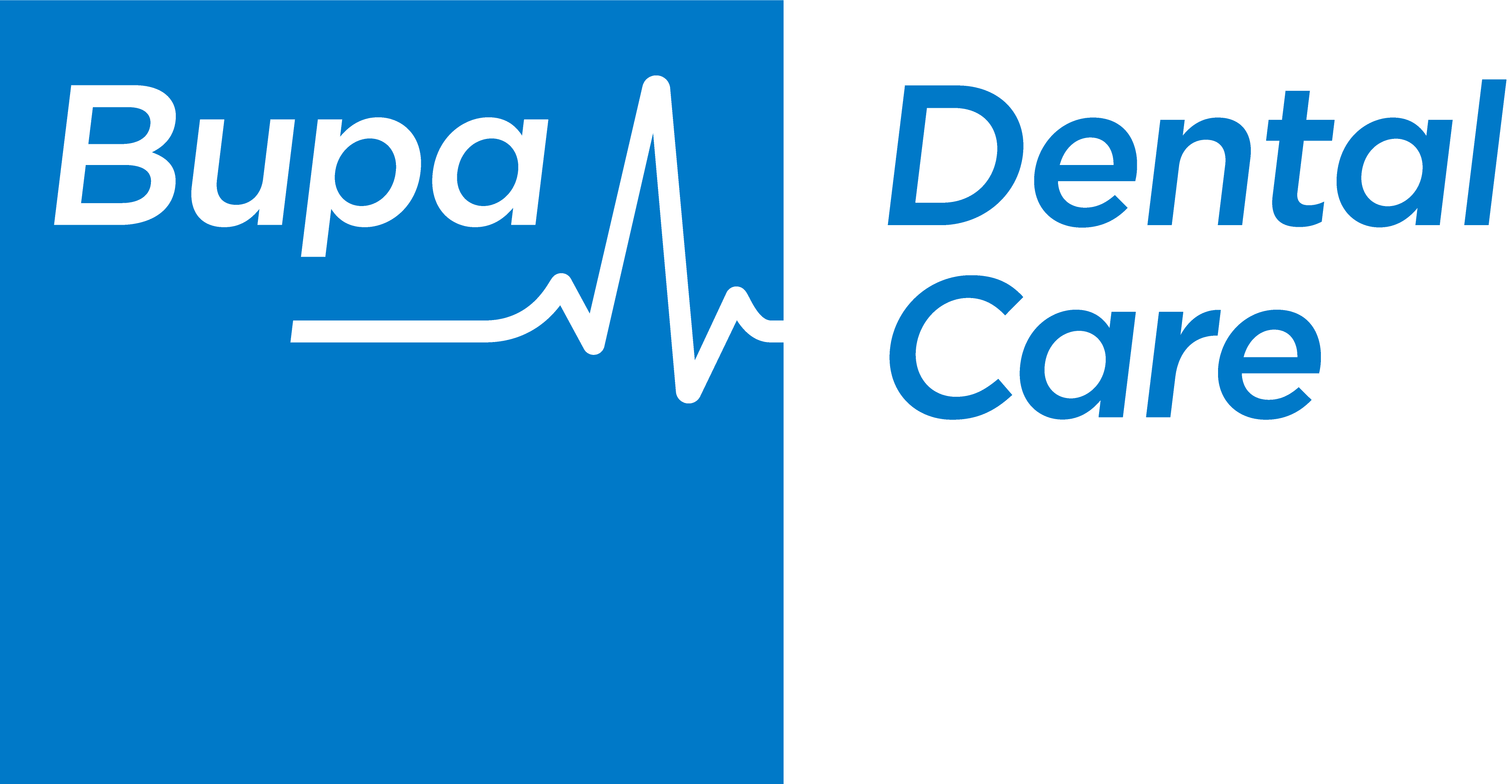


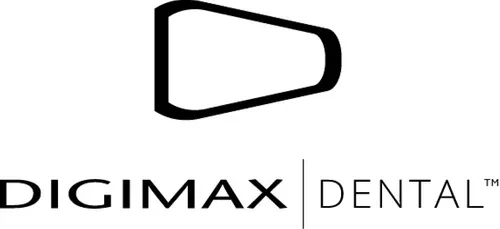

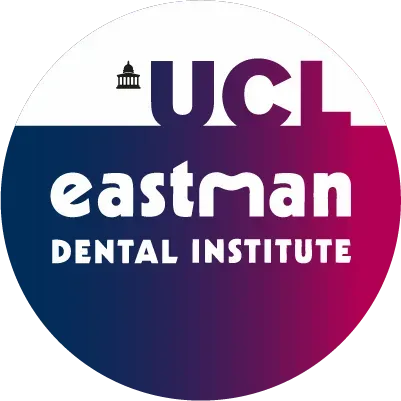
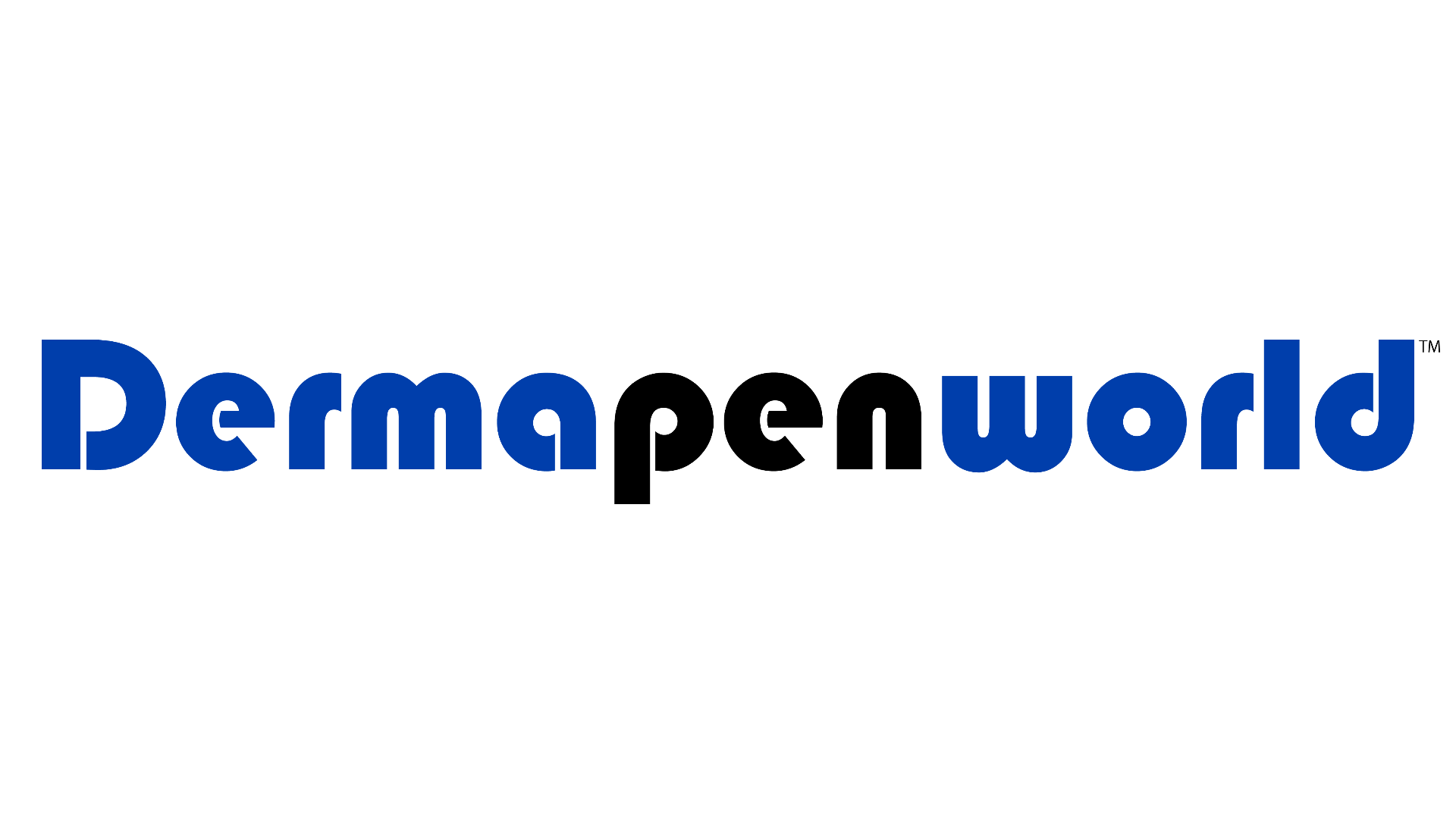


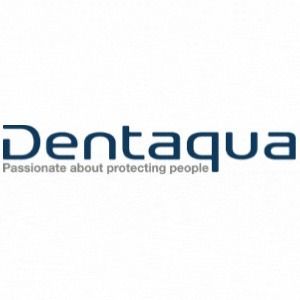



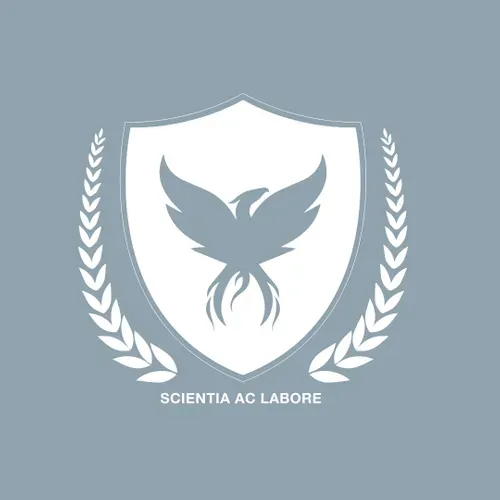


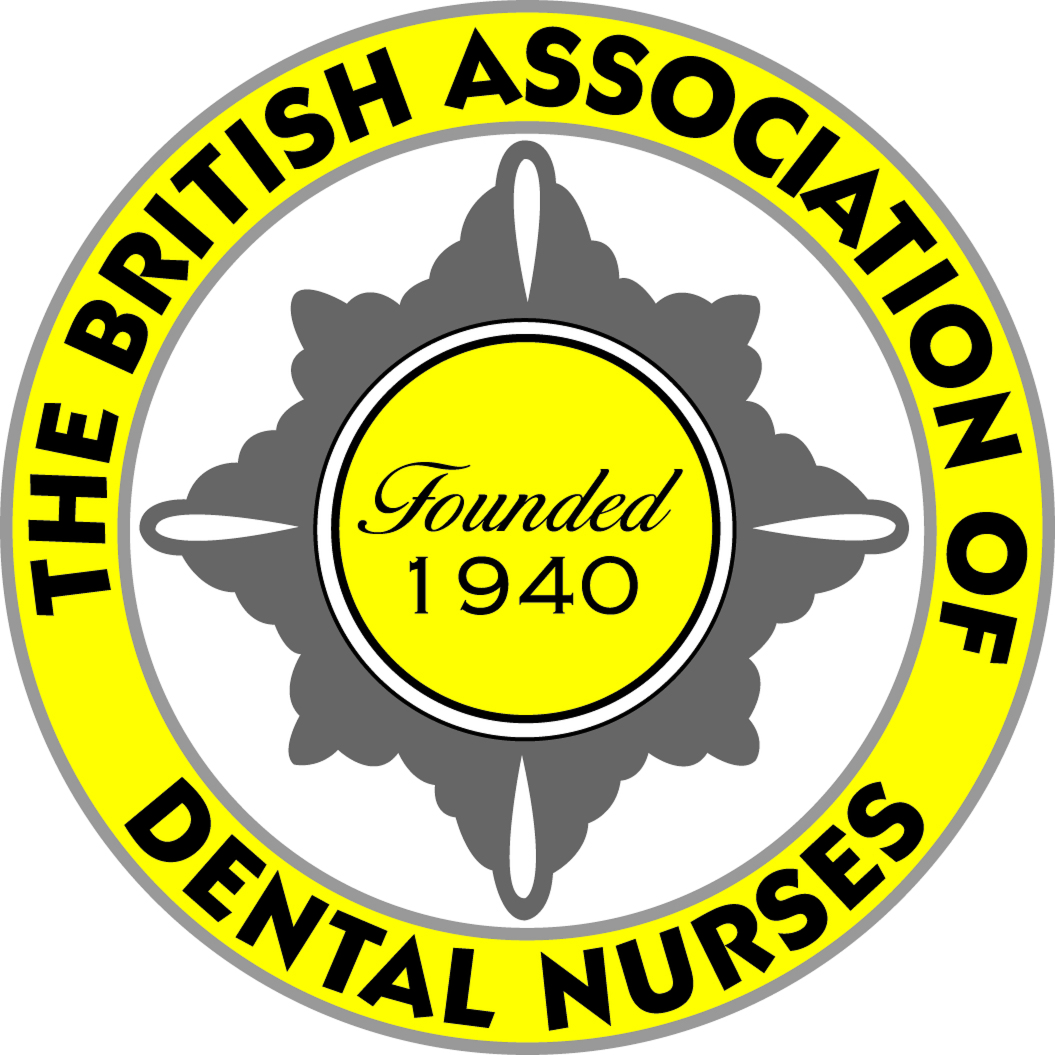
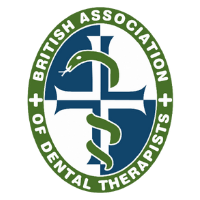

.jpg)


